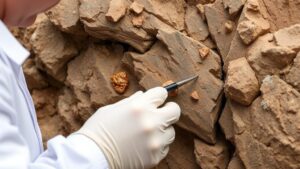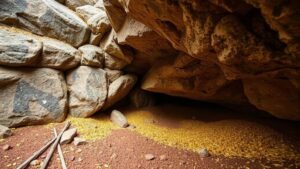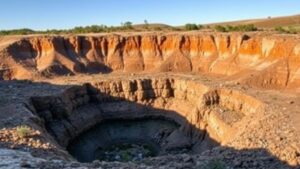Techniques for Separating Heavy Ores Using Simple Water Tables
Techniques for Separating Heavy Ores Using Simple Water Tables
The process of separating heavy ores from lighter minerals is a critical step in mining and mineral processing. Water tables, or shaking tables, are effective tools used for this purpose. These simple yet efficient devices utilize the principles of gravity, motion, and differential separation to ensure high recovery rates of valuable heavy minerals. This article will explore the techniques employed in using water tables, the underlying physical principles, and real-world applications along with their benefits.
Understanding the Water Table Mechanism
A water table operates on the principles of density and particle motion. The device consists of a slightly inclined table that creates a thin layer of water over a surface that is usually equipped with grooves or ridges. As water flows over this surface, it encourages lighter particles to wash away while the heavier particles settle down due to gravity.
The motion of the table is another key factor. By applying a shaking or oscillating motion, the water table enhances the stratification of minerals. This action allows a heavier particle to settle in the grooves while the lighter particles remain suspended and are eventually washed away. The tables surface can be adjusted to manipulate the water flow, optimizing the separation process.
Key Techniques for Effective Ore Separation
Several techniques can enhance the effectiveness of water tables in separating heavy ores:
- Adjusting Water Flow: The rate of water flow directly influences how well particles are separated. Controlled water flow can prevent the washing of valuable heavy minerals.
- Shaking Frequency and Amplitude: Modifying the frequency and amplitude of the shaking motion can be adjusted to match the specific characteristics of the ore being processed, allowing for better recovery rates.
- Particle Size Management: Prior to using water tables, screening the feed material to a consistent particle size enhances separation efficiency. Smaller particles may require different settings compared to larger ones.
- Feed Distribution: Ensuring uniform distribution of the feed across the table surface helps maintain a consistent separation process, minimizing the potential for losses.
Real-World Case Studies
Water tables have been effectively utilized in various mining operations around the world. For example, in the gold mining industry, water tables enhance the recovery of gold particles from alluvial deposits. In a study at a small-scale artisanal mining operation in Ghana, the introduction of a modified water table significantly increased gold recovery rates from an initial 25% to nearly 70%.
Another example can be seen in the recovery of tungsten and columbite from alluvial deposits in Brazil. The use of water tables helped local miners to improve mineral separation, thus optimizing their operational efficiency and increasing profitability.
Benefits of Using Water Tables
The advantages of adopting simple water tables in mineral separation processes are manifold:
- Simplicity and Cost-Effectiveness: Water tables are relatively easy to construct and operate compared to more complex machinery, making them accessible for small and medium-scale mining operations.
- High Recovery Rates: When properly managed, these tables can yield high recovery rates for heavy minerals.
- Environmental Advantages: Water tables can minimize the use of toxic chemicals, which are often present in other separation processes, leading to a more environmentally friendly approach to mineral processing.
Addressing Potential Concerns
While water tables provide numerous benefits, it is essential to address potential concerns. One common issue is the variability in results due to changes in feed material characteristics or environmental factors. Regular monitoring and adjustment of operational parameters are crucial for maintaining optimal performance. Also, water tables do require a consistent water supply, which may pose challenges in arid regions.
Actionable Takeaways
To wrap up, water tables are an effective and beneficial technique for separating heavy ores. To maximize their effectiveness:
- Use dynamic water flow and table motion adjustments based on ore characteristics.
- Conduct thorough pre-processing of ore to achieve consistent particle sizes.
- Monitor operation parameters continuously to adapt to fluctuations in feed material and environmental conditions.
By adopting these practices, mining operations can significantly enhance their mineral recovery processes, leading to increased efficiency and sustainability in the sector.


